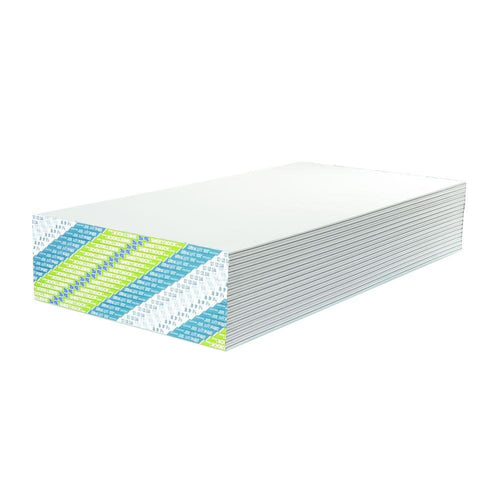
Drywall, also known as plasterboard or gypsum board, is a fundamental building material widely used in the construction industry. Understanding the composition of drywall is crucial for architects, contractors, and homeowners alike. In this article, we will delve into the intricate details of what drywall is composed of, exploring its components, manufacturing process, recent advancements, and its significance in modern construction.
- The Core Components:
Drywall primarily consists of a gypsum core sandwiched between two layers of paper. The gypsum core, composed of hydrated calcium sulfate, is responsible for the strength and fire-resistant properties of drywall. The paper layers, made from recycled materials, provide durability and facilitate easy installation. - Reinforcement and Additives:
To enhance the performance of drywall, various additives and reinforcements are incorporated during the manufacturing process. These include fiberglass strands, which increase the tensile strength and reduce cracking, and cellulose fibers, which improve impact resistance. Additionally, additives like vermiculite or perlite may be included to enhance fire resistance. - Manufacturing Process:
The production of drywall involves several steps. First, gypsum rock is mined and crushed into a fine powder. This powder is then mixed with water to form a slurry, which is poured onto a continuous sheet of paper. Another layer of paper is placed on top, and the entire assembly is passed through rollers to ensure uniform thickness. The boards are then cut into desired sizes, dried, and packaged for distribution. - Recent Advancements:
In recent years, advancements in drywall technology have revolutionized the construction industry. One notable development is the introduction of moisture-resistant drywall, commonly known as green board or blue board. This type of drywall incorporates water-resistant additives and paper, making it suitable for areas prone to high humidity, such as bathrooms and kitchens.
Another significant advancement is the introduction of soundproof drywall. By incorporating viscoelastic polymers or sound-dampening compounds, this type of drywall effectively reduces noise transmission between rooms, enhancing privacy and comfort in residential and commercial spaces.
- The Significance of Drywall in Modern Construction:
Drywall has become an indispensable material in modern construction due to its numerous advantages. It offers a cost-effective and time-efficient alternative to traditional plaster walls. Drywall installation is relatively quick, allowing for faster project completion. Additionally, drywall's fire-resistant properties make it a safer choice for buildings, while its versatility enables various finishes, such as painting or wallpapering.
Conclusion:
Understanding the composition of drywall is essential for anyone involved in the construction industry. With its gypsum core, paper layers, and various additives, drywall provides strength, durability, fire resistance, and soundproofing capabilities. Recent advancements have further expanded its applications, making it a versatile and indispensable material in modern construction. By staying informed about the latest developments in drywall technology, professionals can ensure the highest quality and efficiency in their projects.

